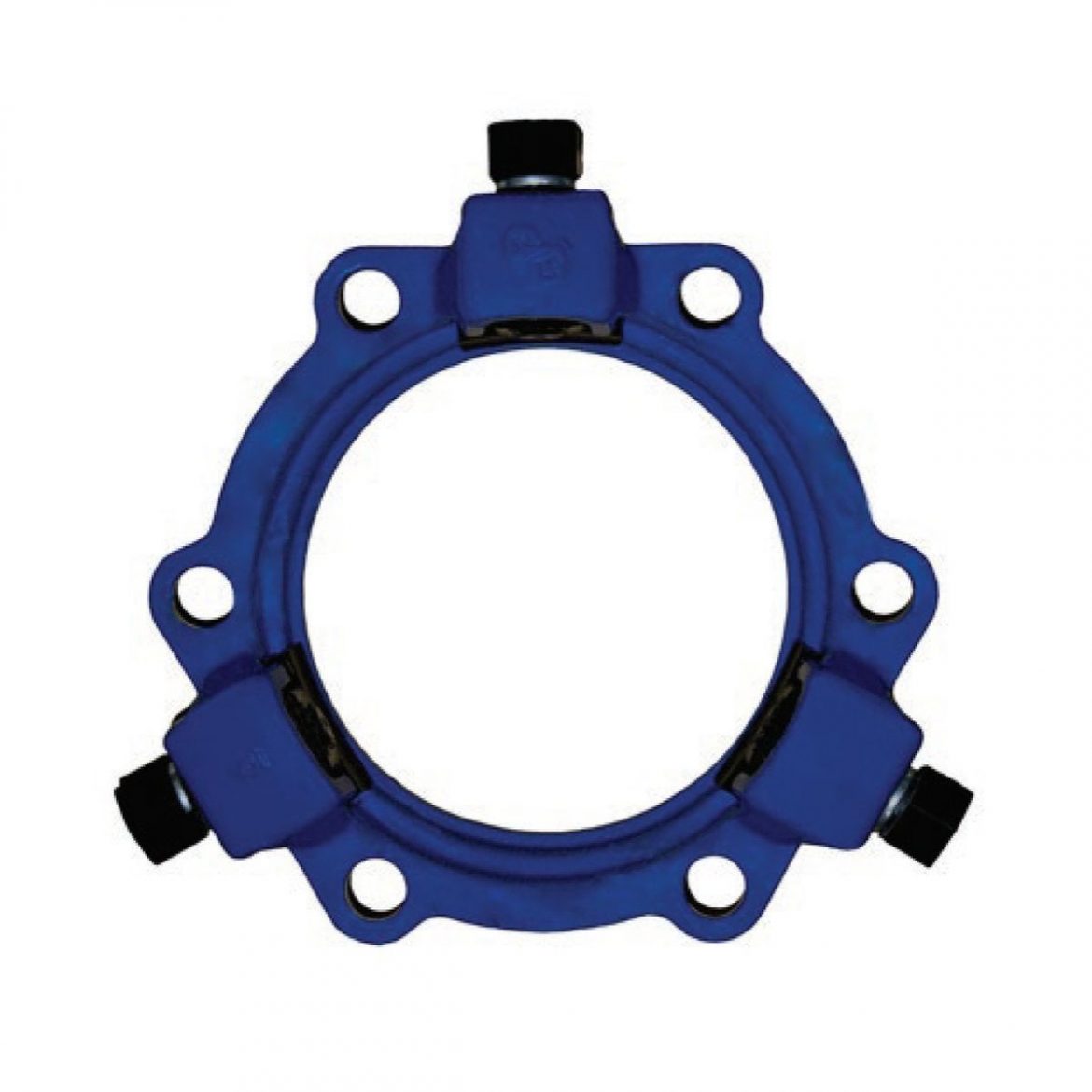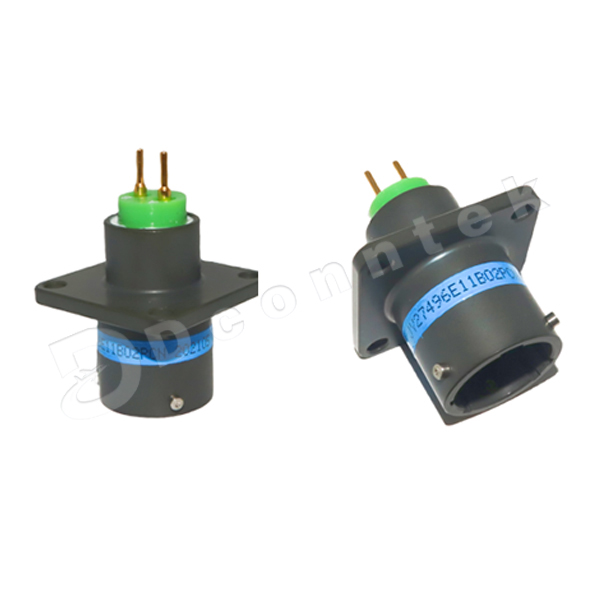Mechanical joining is a fundamental technique used in various industries to connect components with precision and strength. Unlike other joining methods such as welding or adhesive bonding, mechanical joining relies on mechanical forces to create a secure and reliable connection. In this article, we will explore the intricacies of mechanical joining, its advantages, and its applications across different fields.
- Understanding Mechanical Joining:
Mechanical joining encompasses a range of techniques, including fasteners like screws, bolts, nuts, and rivets, as well as press fits, snap fits, and interference fits. These methods involve the use of physical elements to hold components together, ensuring structural integrity and load-bearing capabilities. By understanding the principles behind each technique, engineers can select the most suitable method for their specific application. - Advantages of Mechanical Joining:
Mechanical joining offers several advantages over other joining methods. Firstly, it allows for disassembly and reassembly, making it ideal for applications that require maintenance or repair. Additionally, mechanical joints can withstand high temperatures, extreme loads, and harsh environments, making them suitable for industries such as aerospace, automotive, and heavy machinery. Furthermore, mechanical joining does not require curing time or specialized equipment, resulting in faster assembly processes and reduced production costs. - Key Considerations in Mechanical Joining:
To ensure successful mechanical joining, engineers must consider various factors. One crucial aspect is the selection of appropriate fasteners or joining techniques based on the materials being joined, load requirements, and environmental conditions. Factors such as joint strength, fatigue resistance, and corrosion resistance should also be taken into account. Additionally, proper installation techniques, torque control, and quality control measures are essential to achieve consistent and reliable joints. - Applications of Mechanical Joining:
Mechanical joining finds applications in numerous industries. In automotive manufacturing, it is used to assemble chassis components, engine parts, and body panels. In the aerospace sector, mechanical joining is employed in the construction of aircraft frames, wings, and landing gear. The electronics industry relies on mechanical joining for circuit board assembly, ensuring secure connections between components. Furthermore, mechanical joining plays a vital role in the construction of bridges, buildings, and infrastructure projects. - Advancements and Future Trends:
As technology advances, mechanical joining techniques continue to evolve. Innovations such as self-piercing rivets, laser welding, and advanced fastener designs enhance joint strength, durability, and efficiency. The integration of robotics and automation in assembly processes further improves precision and consistency. Additionally, the development of lightweight materials and composite structures presents new challenges and opportunities for mechanical joining in industries seeking weight reduction and fuel efficiency.
Conclusion:
Mechanical joining is a versatile and reliable method for connecting components in various industries. Its ability to provide strong, durable, and disassemblable joints makes it a preferred choice for many applications. By understanding the principles, advantages, and considerations of mechanical joining, engineers can make informed decisions and create robust assemblies that meet the demands of modern industries. Embracing advancements and staying abreast of future trends will ensure that mechanical joining continues to play a crucial role in manufacturing and construction processes.



